The irresistible charm of orchids: the 12 most beautiful species to grow at home
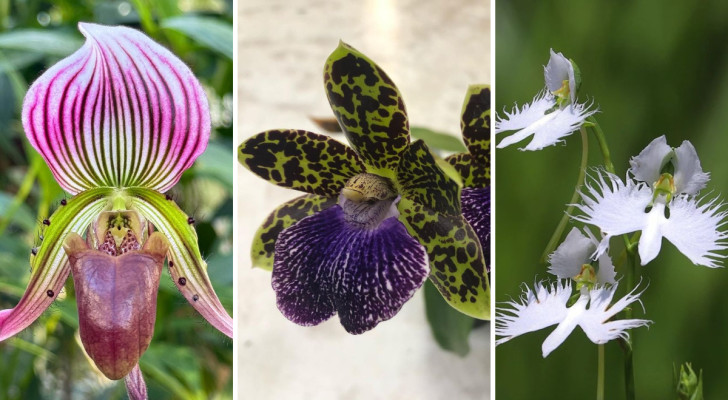
Plants of extraordinary beauty and elegance, orchids remain ever-popular as house plants. The most commonly found species in homes is Phalenopsis (aka Moth Orchid), a plant native to Asia and Australia and characterized by thick, rounded leaves and a multitude of large flowers. There are more than 25,000 different species in the world and new varieties are created every year.
From the most common and cheapest to the rarest and most expensive, all orchids are characterized by the incredible beauty of their flowers - some of which have truly spectacular shapes and stunning colors.
If you would like orchids in your home but don't know where to start, check out the 12 suggestions below:
1. Cymbidium
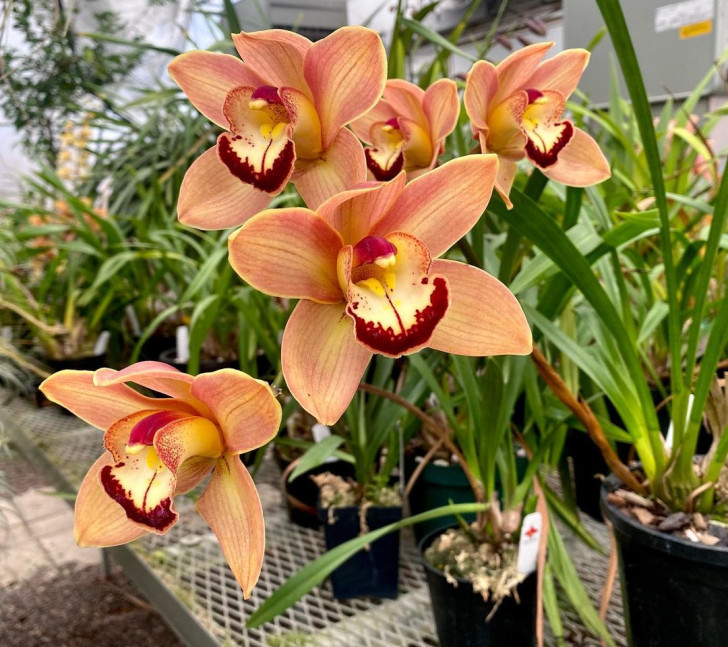
Beautiful and very easy to grow, the Cymbidium orchid is also very popular as a cut flower. With long, thin evergreen leaves and colorful flowers, this orchid requires a lot of sunlight and water in summer and cool temperatures in autumn. It also needs regular fertilization and shelter from harsh winters.
2. Cattleya
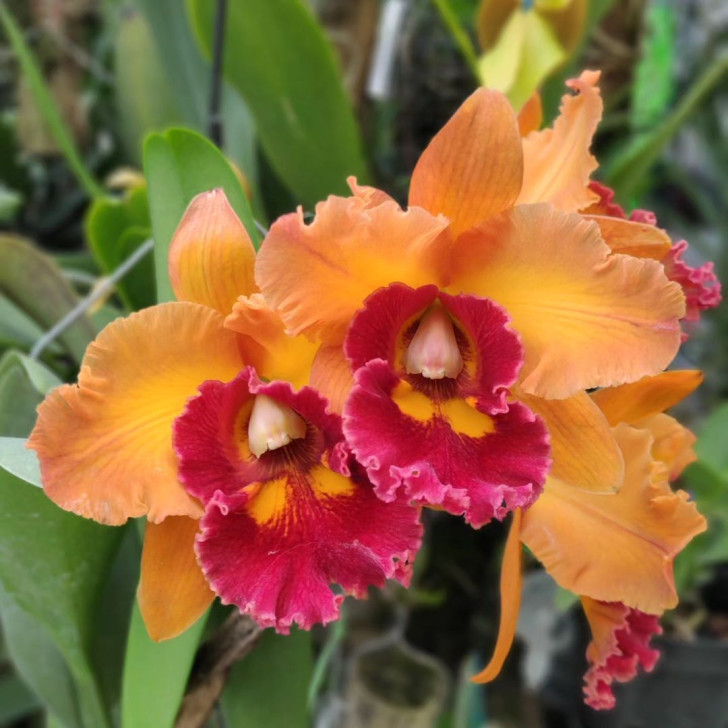
Much appreciated for its beauty and fragrant flowers, Cattleya is divided into two groups: C. unifoliata, with a single leaf per pseudobulb and very large flowers, and C. bifoliata, with 2 or 3 leaves for each pseudobulb and larger flowers little ones. Cattleya is a robust plant that can be successfully grown in temperatures of between 13 and 30 degrees C; at home, you can place it on a windowsill where it will get filtered light in the morning and stay partially shaded for the rest of the day.
3. Paphiopedilum
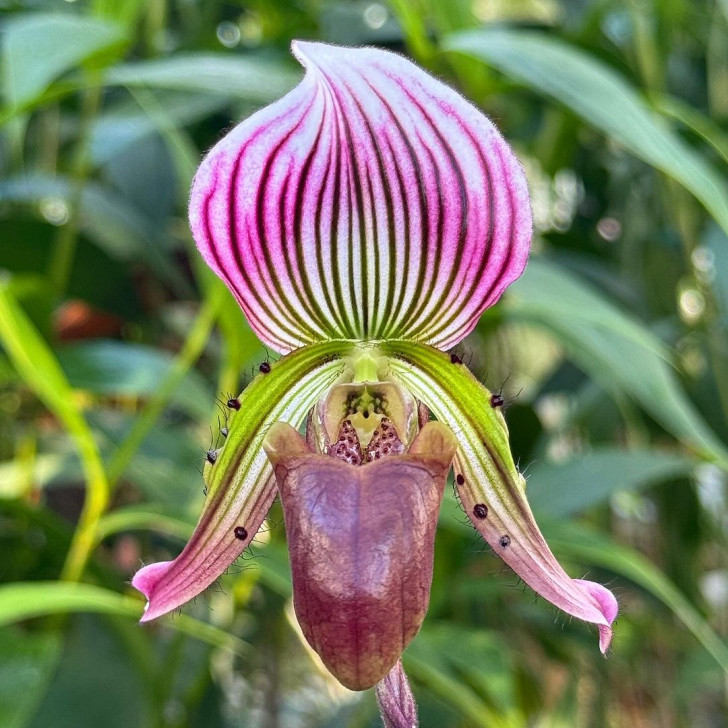
Known as Venus' Slipper due to the particular shape of its flowers, this is a species native to Asia and the Pacific Ocean. It also has extremely decorative, long and slender leaves. This orchid grows well in temperatures between 10 and 27 degrees C. In winter, it must be exposed to nightime temperatures around 14 degrees C to encourage it to flower.
4. Zygopetalum
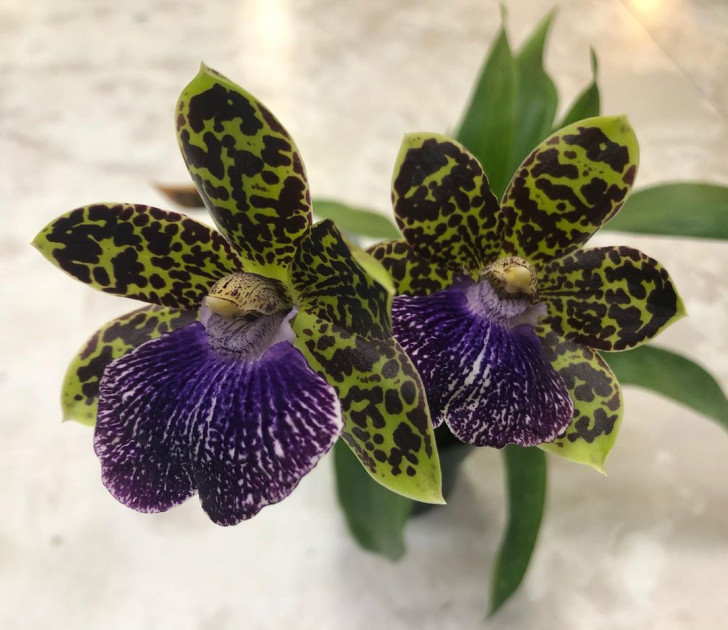
@orchidsbyhausermann/Instagram
Zygopetalum is a genus that includes around 15 epiphytic and terrestrial species, defined as mountain orchids because they prefer temperatures around 14 degrees C at night and 24 degrees C during the days. Zygopetalums are native to South America and, in particular, to the rainforests of Brazil. This orchid is known for its particularly beautiful and fragrant flowers. This orchid can be grown at home in spots that get a lot of flitered light; in summer, this orchid can stay outdoors in a shaded and cool spot, while keeping soil humid.
5. Brassia
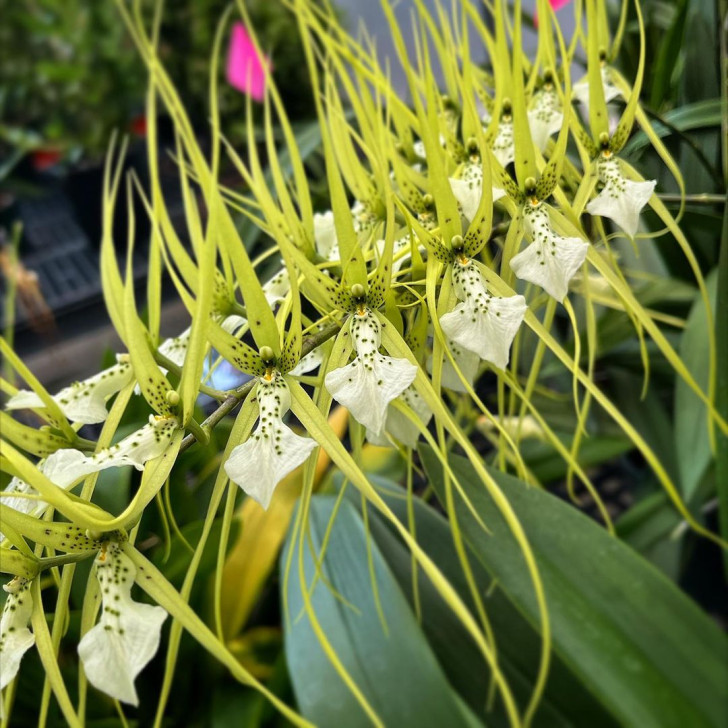
Characterized by its amazing shape and its numerous spider-shaped yellow or green flowers, Brassia is a species that is difficult to grow and care for and is usually only taken on by experts.
6. Odontoglossum
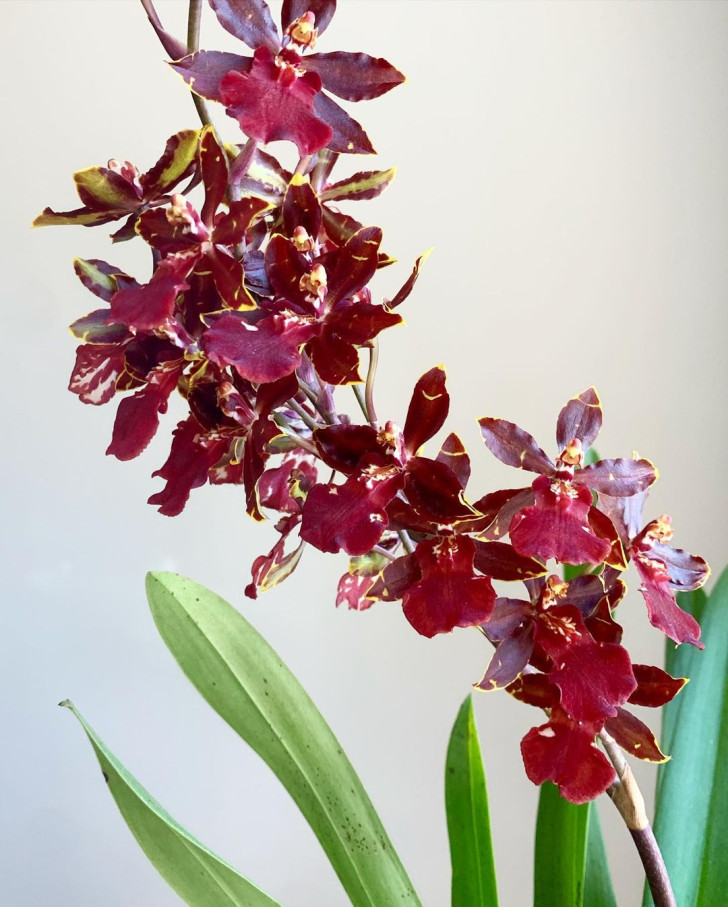
This orchid originates from the Andean mountainous areas of Colombia, Peru, Ecuador and Venezuela. The genus includes 300 species with variable flowers which have a wide range of colors and longevity. Odontoglossum can be grown in temperatures of between 17 and 25 degrees C. It can be placed outdoors during the summer, in a well-ventilated spot with good humidity and away from direct sunlight.
7. Cambria
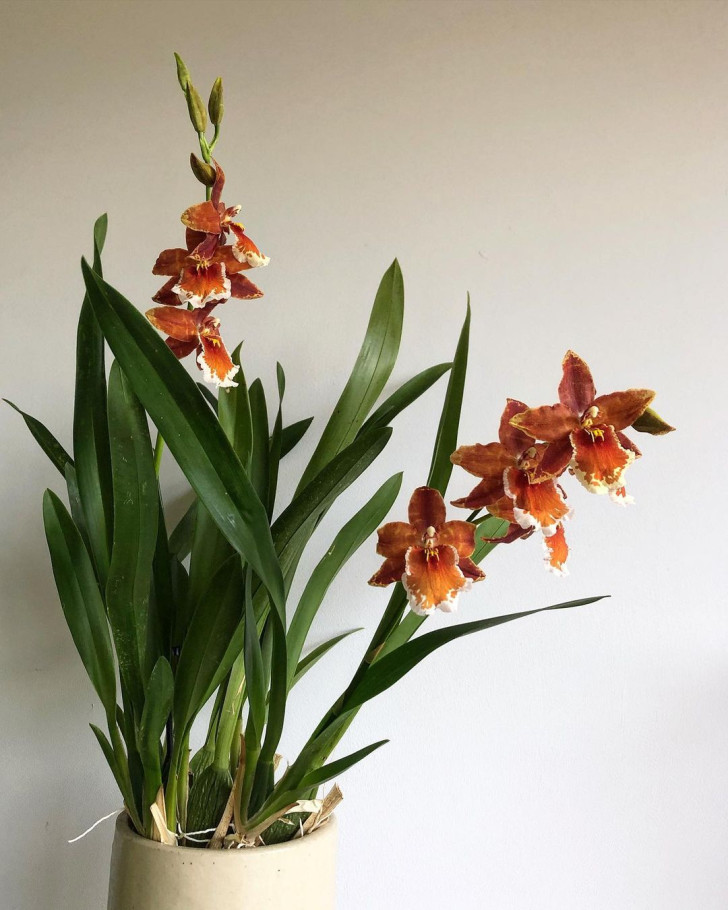
This orchid is a hybrid between the Oncidium, Odontoglossum and Miltonia species and produces spectular flowers. In homes, it needs a very bright spot - such as a window facing south or west - but no direct sunlight. Fertilize every 3 weeks starting from March. This orchid requires watering weekly in the summer and monthly in the winter.
8. Dracula
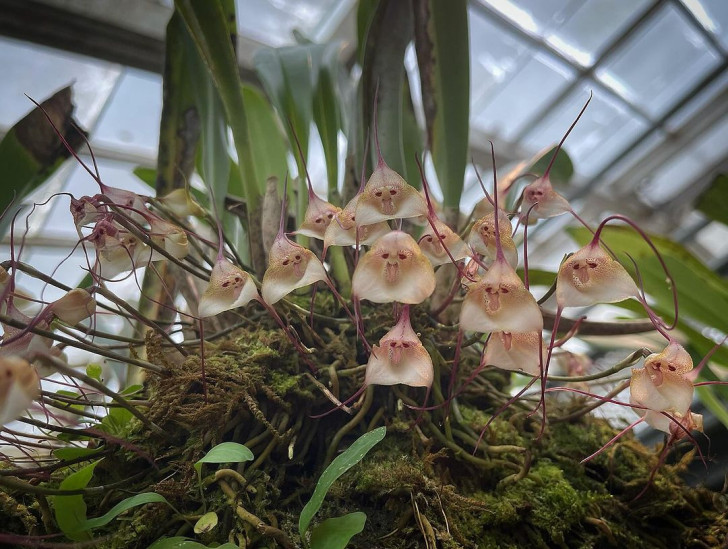
This is a very unique orchid with it's name and the shape of its flowers having a decidedly bizarre, almost grotesque, beauty. The flowers have elongated petals and some liken them to resembling monkey faces. Native to the rainforests of Central and South America, from Guatemala to Peru, the Dracula orchid needs temperatures of between 13 and 24 degreesC, a bright spot (but no direct sunlight) and high humidity levels.
9. Habenaria radiata
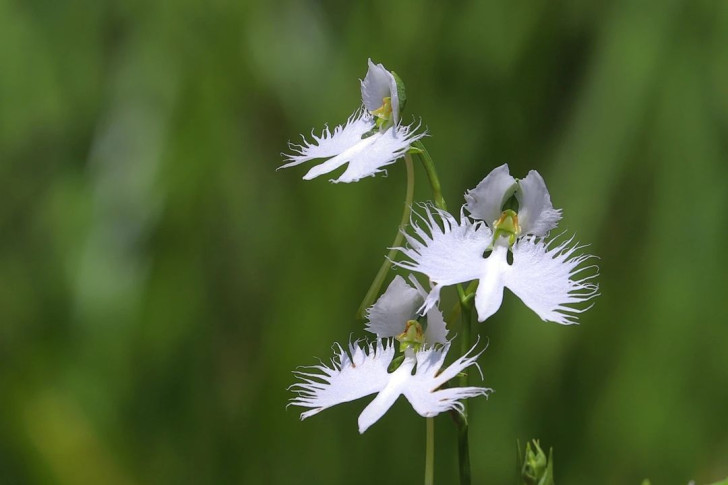
This beautiful orchid is native to the mountainous areas of Japan, the Korean peninsula and eastern China and its flowers look like herons in flight. A terrestrial orchid, this plant must be grown outdoors in a sunny spot with direct sunlight. It requires high humidity and temperatures that do not exceed 27 degrees C in summer and no less than 0 degrees C in winter.
10. Vanda
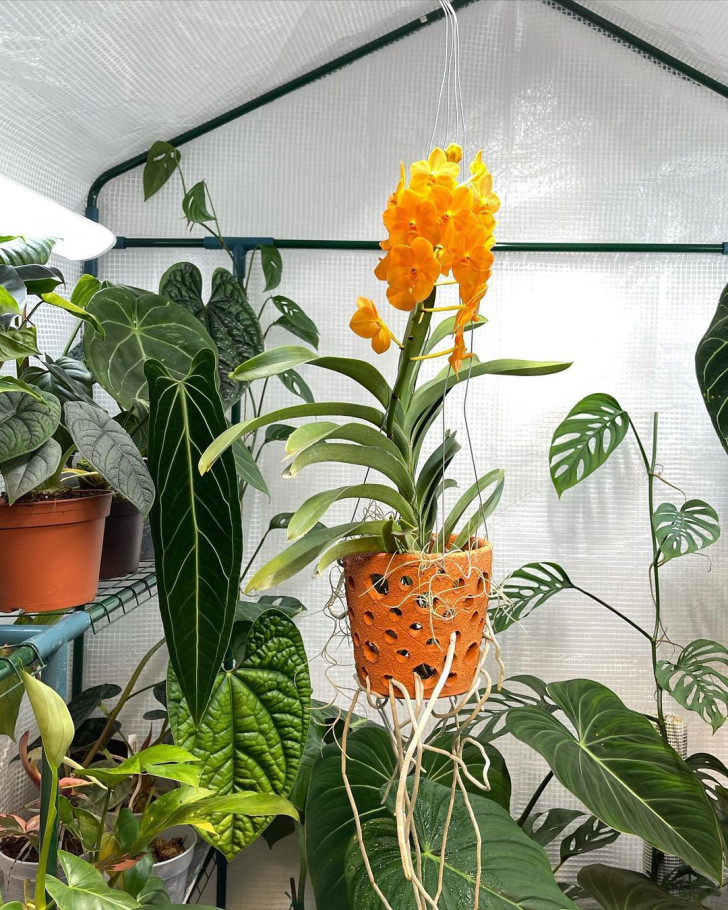
This orchid's peculiarity - in addition to the incredible beauty of the flowers - are the floating aerial roots; it requires temperatures between 15-20 degrees C in winter and 30 degrees C in summer. It prefers bright spots but no direct sunlight.
11. Oncidium
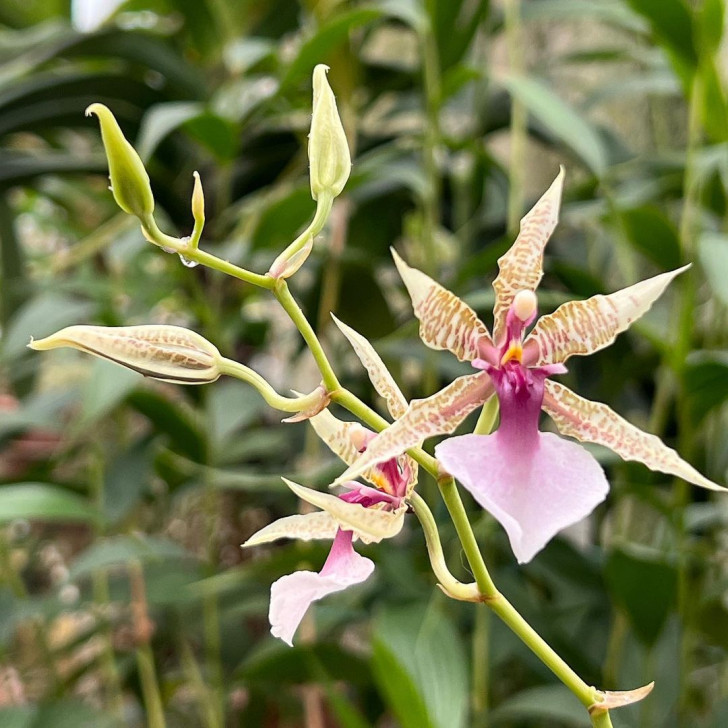
Also called the Ballerina orchid due to the appearance of its flowers, this plant is a symbol of elegance and beauty. It thrives in indirect sunlight and temperatures of between 15 and 25 degrees C. It should be shielded from draughts.
12. Epidendrum
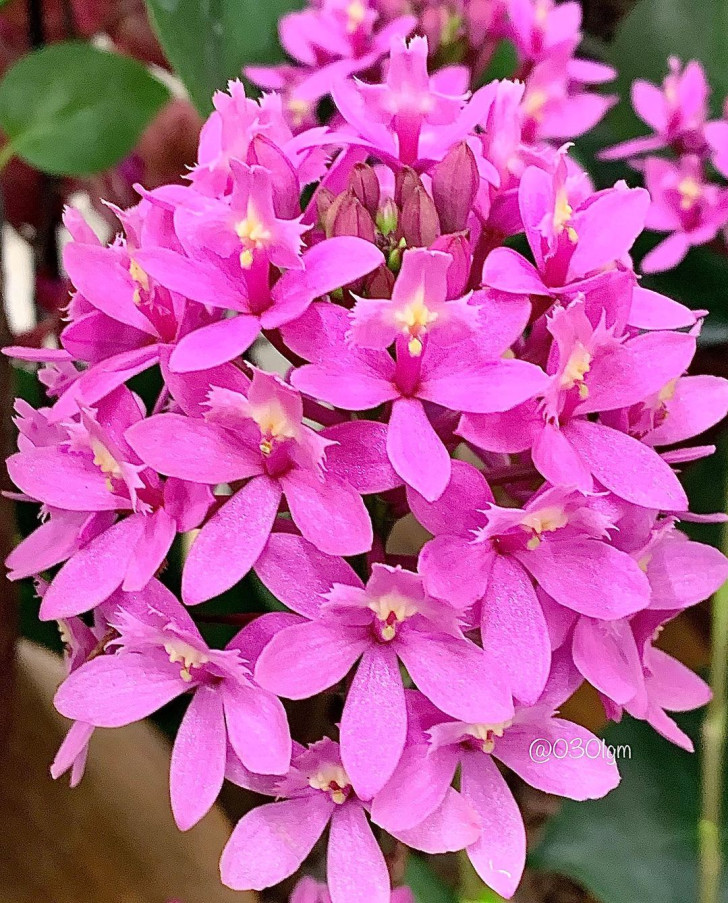
This orchid has small, long-lasting, brightly colored flowers and is native to Central and South America. It thrives in indirect sunlight and requires temperatures of between 10 and 35 degrees C. Proper humidity levels must be maintained with frequent misting with demineralized water.
Which of these species is your favorite?